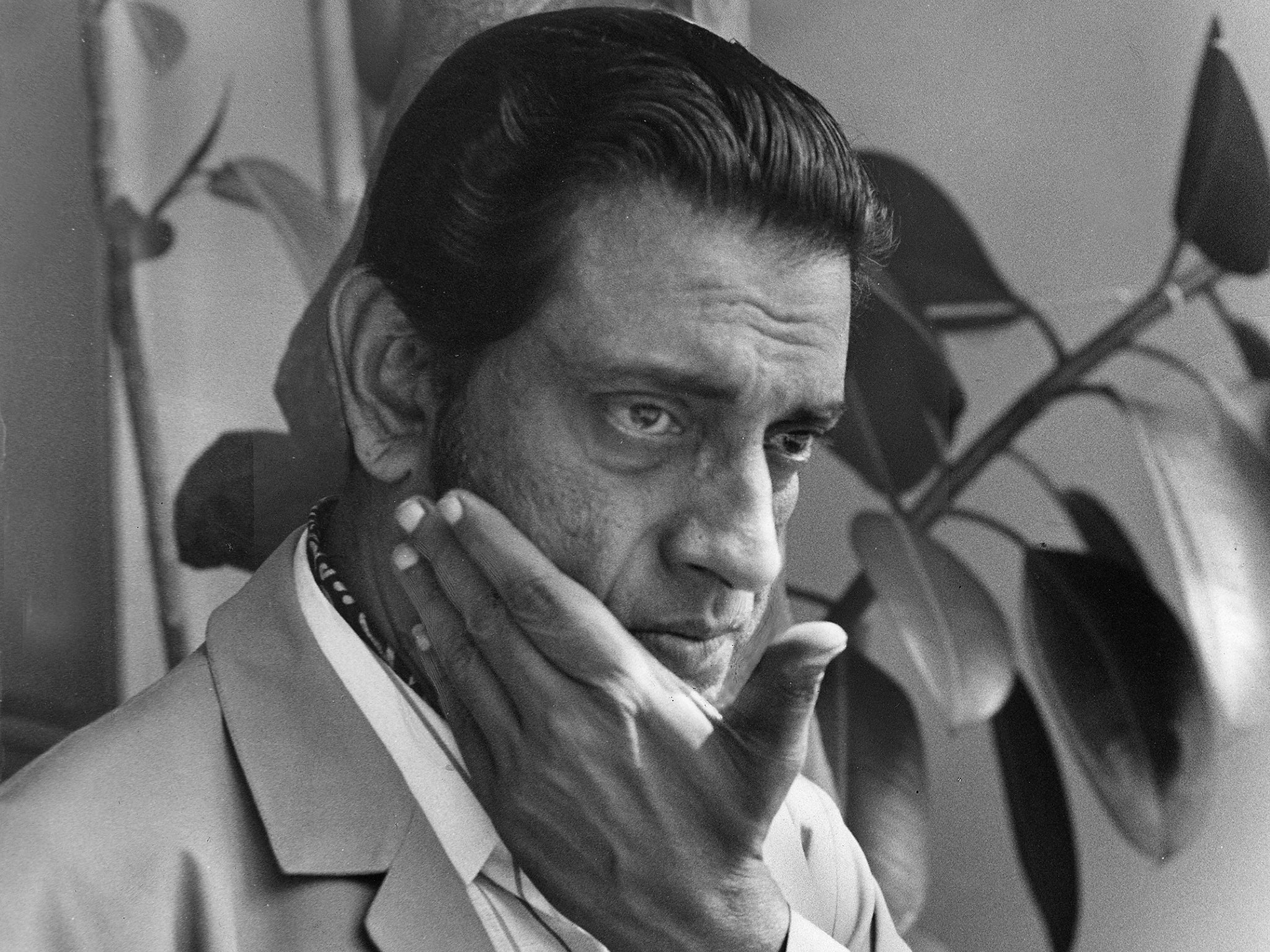Book of a lifetime: Our Films Their Films by Satyajit Ray
From The Independent archive: Andrew Robinson on the Indian director’s illuminating look at Eastern and Western cinema

I think what Hollywood really needs is a good bombing,” the ebullient French film director Jean Renoir told the would-be director Satyajit Ray in Calcutta in 1949, when Renoir came to Bengal from Hollywood in search of locations for his Indian film, The River. “Renoir believes that the best films of a country are produced in times of stress; that an atmosphere of smug self-complacence is bad for the cinema,” commented Ray, for whom Renoir became an inspiration and a mentor. This comes from a wonderfully vivid, intelligent and witty article by Ray, “Renoir in Calcutta”, published in 1950 in a London-based film magazine by his friend Lindsay Anderson, and later collected in Ray’s Our Films Their Films.
A copy of this book, first published in India in 1976, fell into my hands soon after, and was the deciding influence – along with seeing Ray’s films – in pushing me to attempt a biography of Ray. It was published in 1989 as Satyajit Ray: The Inner Eye. Ray’s articles originally appeared in publications such as Sight and Sound, The New York Times and the Calcutta Statesman. The first half, “Our Films”, deals with Indian cinema, ranging from the epic struggle to make Ray’s first film Pather Panchali (A Long Time on the Little Road), to the absurdities of Bollywood films , some of whose music and actors Ray confessed to admiring. “Their Films” covers Hollywood, European, Russian and Japanese cinema, including tributes to Charles Chaplin, John Ford and Akira Kurosawa.
What unites the two halves is Ray’s astonishing – I am always tempted to say “unique” – fusion of Eastern and Western artistic sensibility. Who else but Ray was equally at home, both as a film composer and as a critic, with Indian and Western classical music? Even Ravi Shankar (who worked with Ray, not always happily) agrees. Here is vintage Ray on Chaplin’s silent classic The Gold Rush: “If one thinks of Mozart and The Magic Flute and the knockabout foolery of Papageno merging into the sublimity of Sarastro, it is because the comparison is a valid one. Here is the same distilled simplicity, the same purity of style, the same impeccable craftsmanship. And the slight tinge of disappointment at the happy ending – the sudden veering towards a bright key after the subtle chromaticism of all that has gone before – isn’t that rather like the cheery epilogue of Don Giovanni?”
Subscribe to Independent Premium to bookmark this article
Want to bookmark your favourite articles and stories to read or reference later? Start your Independent Premium subscription today.
Join our commenting forum
Join thought-provoking conversations, follow other Independent readers and see their replies